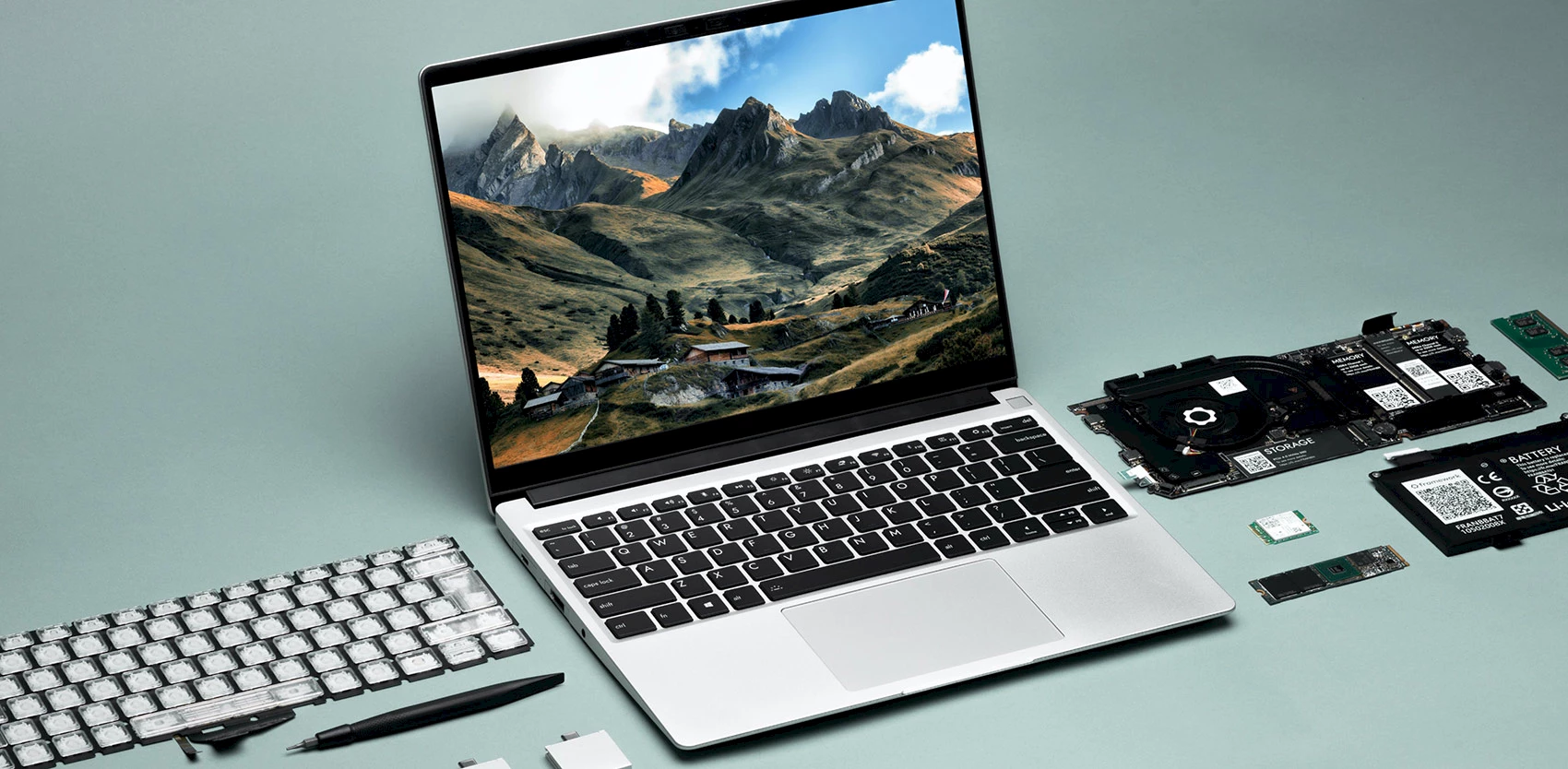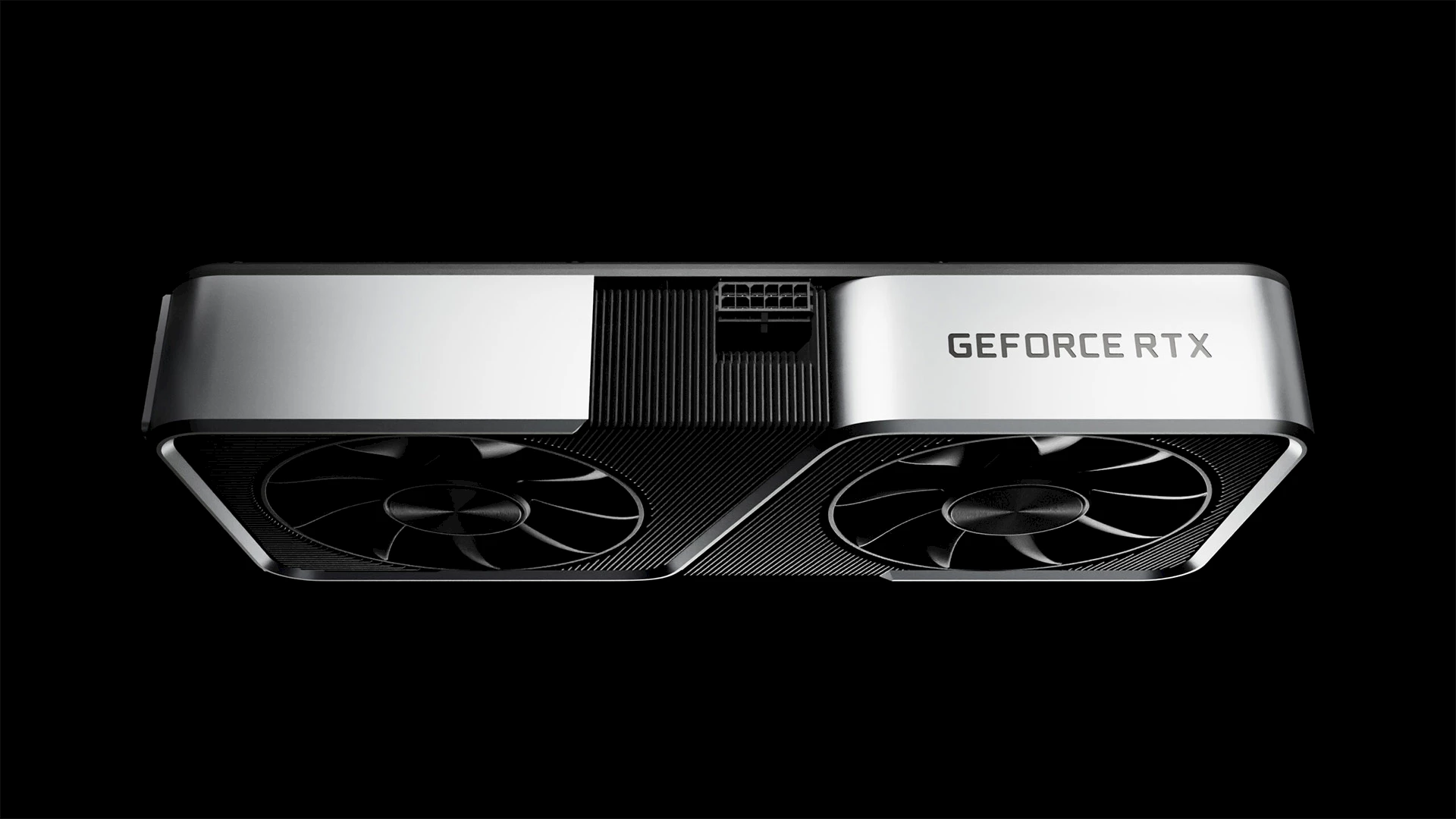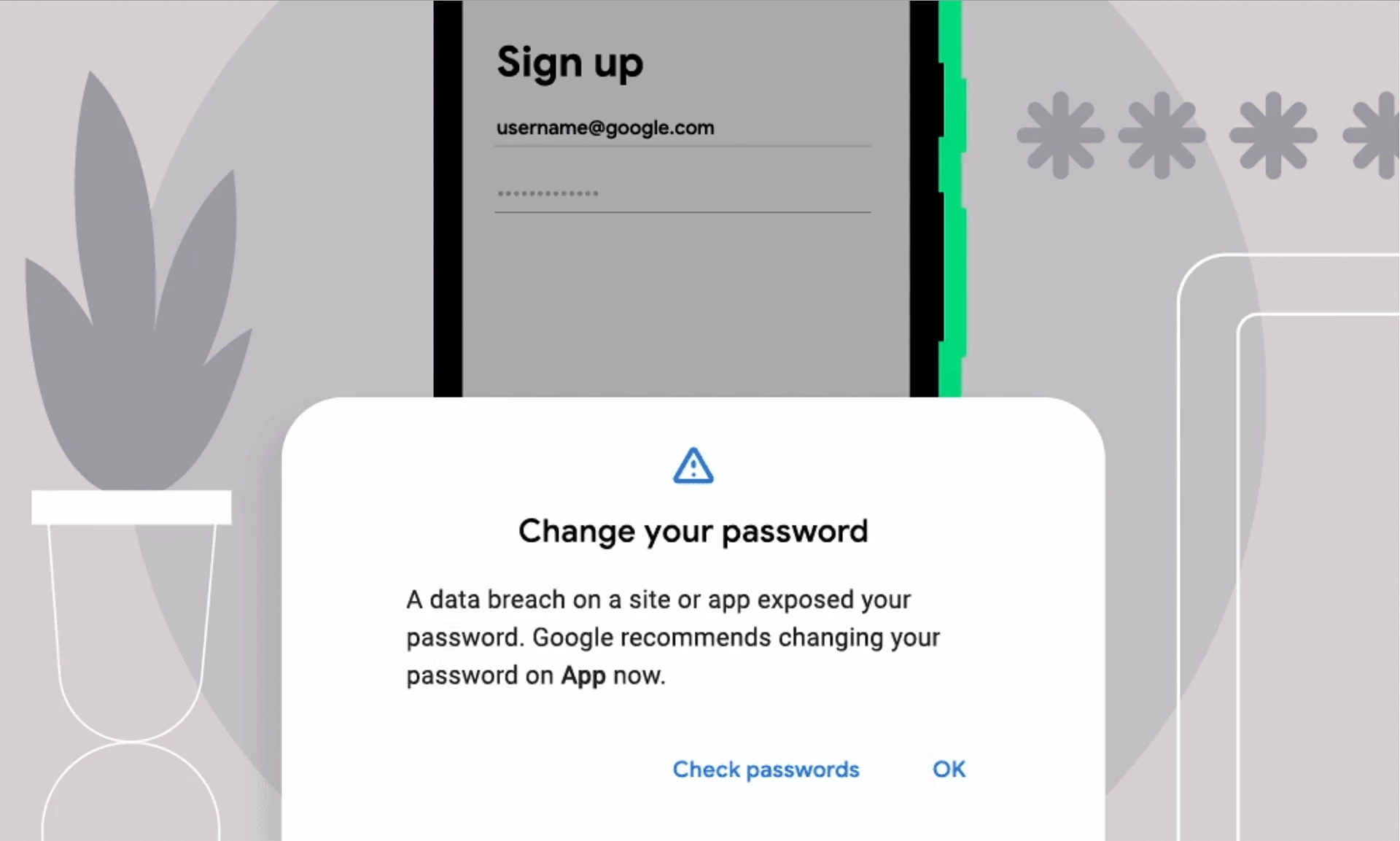Weekly Tech Recap - № 286 - Framework laptop, GeForce is for gaming only, AI wants to replace programmers, etc.

Framework laptop

© Framework Computer LLC.
A San Francisco startup, Framework, is working on an ambitious project: creating a slim, light laptop that can easily be upgraded, configured and repaired by the user. In other words, providing the opposite of just about all the other new laptops on the market, which are just about impossible to repair, configure or upgrade. If Framework’s promise leaves you skeptical, know that the company was founded by Nirav Patel, who is far from an unknown entity, or a stranger to hardware: Patel was Oculus VR’s head of hardware from 2012 to 2017, and he was a Facebook director of engineering beyond that. Besides, the team includes many former Apple, Google and Lenovo employees. All this means that the Framework is probably not “vaporware”, but rather a credible product that could meet a real need. As for specifications, the machine comes with a 13.5-inch screen @ 2256x1504, a 1080p webcam @ 60fps and a 57Wh battery. Under the hood, you’ll find a configurable Intel (11th gen) CPU, 64GB DDR4 RAM and NVMe storage 4TB “or more”. Overall specifications are pretty close to Dell’s XPS 13. You can buy a preassembled system, or a DIY kit made up of parts that you preselect and put together to create your dream computer. The modular design of the system means that it is extremely easy to swap out components: besides the RAM, battery and storage, you can also replace the keyboard, screen, parts of the aluminium chassis, the ports through extension cards, and the motherboard. The company has also pledged to open up its hardware ecosystem to third parties, which will be able to design, build, and sell compatible modules via a Framework Marketplace. Framework will take orders this spring for shipping in the summer. Pricing has not yet been announced.
⇨ YouTube, “Framework Laptop - Upgrade, Customize, and Repair.”
⇨ Ars Technica, Jim Salter, “Framework startup designed a thin, modular, repairable 13-inch laptop.”
2021-02-25
Nvidia tackles mining with its GPUs

GeForce RTX 3060. © Nvidia.
Gamers have a big problem: they’ve been bereft of graphics cards for months due to the scarcity of GPUs available for sale. This shortage is due to a combination of a lack of semiconductors and pressure applied to the GPU market by cryptocurrency miners, who are big consumers of graphics cards. Now, Nvidia made an announcement that gamers are digging: when it launched its new GeForce RTX 3060 graphics card on Thursday, February 25, it said its performance would be halved specifically by Ethereum cryptocurrency mining applications, the hash rate limitation being triggered by any process that uses Dagger Hashimoto or Ethash-like algorithms. Nvidia’s message is clear: their GeForce RTX graphics cards are meant for gaming, not for some other questionable use like mining other distributed computing applications. It remains to be seen if this new measure will actually have the intended effect on the availability of GPUs. Nvidia says that the throttling, which is performed through drivers, will not affect the performance of GPUs it has already sold. It also says that it has developed a dedicated product for miners, the Cryptocurrency Mining Processor (CMP). It is not known if Nvidia will apply this new process to all new GeForce cards.
⇨ The Verge, Tom Warren, “Nvidia is nerfing its new RTX 3060 for Ethereum cryptocurrency mining.”
2021-02-25
Will AI replace programmers?

© iStock.
IBM has unveiled two AI-based tools whose purpose is to recode old applications to work on modern platforms. According to Nick Fuller, of IBM Research, these tools are a first step towards a time when AI could, for example, automatically translate a COBOL program into Java. The first tool, called Mono2Micro, analyzes old Java code to reveal all the hidden connections within it that application architects would find extremely difficult and time consuming to uncover on their own. Once Mono2Micro ingests the code, it analyzes the source and object code both statically (analyzing the program before it runs) and dynamically (analyzing the program while it’s running). The tool then refactors monolithic programs into microservices, changing the application’s structure without altering its external behavior. The second tool is the Application Modernization Accelerator (AMA), which analyzes and refactors legacy applications written in very old languages, like COBOL or PL/I. But developers can rest easy that their future is not on the line; we are still far from the type of AI that could actually ideate and code an application from A to Z. And AI is more than welcome to take over tedious, labour-intensive tasks like code refactoring.
⇨ IEEE Spectrum, Dexter Johnson, “AI recodes legacy software to operate on modern platforms.”
2021-02-24
Password Checkup on Android

Password Checkup. © Google.
Google is following in Apple’s footsteps by offering, as of the iOS 14, a feature able to detect if the passwords stored on your telephone are too weak or have been involved in leaks. This feature will be implemented in the Android 9 and later versions through the Autofill framework. Each time you use or save identifying information in an application, Android will warn you if your password is on the list of breached credentials on Google’s servers. The warning message invites you to go to your password manager to check all your saved passwords. Google promises that the whole process is fully secure. Google’s servers do not have access to the unencrypted hash of the user’s password and the client (User) does not have access to the list of unencrypted hashes of potentially breached credentials. In this regard, it works just like the Chrome password manager. Also, Autofill can provide secure passwords to keep users from re-using the same password across accounts, which is the worst security faux pas you can make. Finally, you can demand biometric authentication every time your identifying or payment credentials auto-populate with Autofill.
⇨ Ars Technica, Dan Goodin, “Android users now have an easy way to check the security of their passwords.”
2021-02-24
Amazon goes cuckoo

Alexa cuckoo clock. © Amazon.
Amazon is going into the cuckoo clock business. Not a Swiss chalet-style clock, but rather a sleek, modern timepiece that, naturally, comes with Alexa. This unusual offering is the result of Amazon’s new programme, called Build It. The idea is simple: Amazon suggests a product idea and if enough people preorder it, Amazon builds it. The cuckoo clock is one of three proposed items, the other two being a thermal sticky note printer and a smart scale. At the time of writing, the cuckoo page showed that 45% of the preorder target had been met. Unfortunately, Amazon does not provide absolute figures, so we don’t know how many people have so far been tempted by this USD80 timepiece. Just so you know, if you’ve always wanted a cuckoo clock, they’re all over Amazon. No, they don’t have Alexa, but who needs it? After all, the two things we expect from a cuckoo clock is to give the time and cuckoo annoyingly every hour, on the hour.
⇨ The Verge, Dieter Bohn, “Amazon won’t build this Alexa cuckoo clock unless it hits a preorder goal.”
2021-02-18
